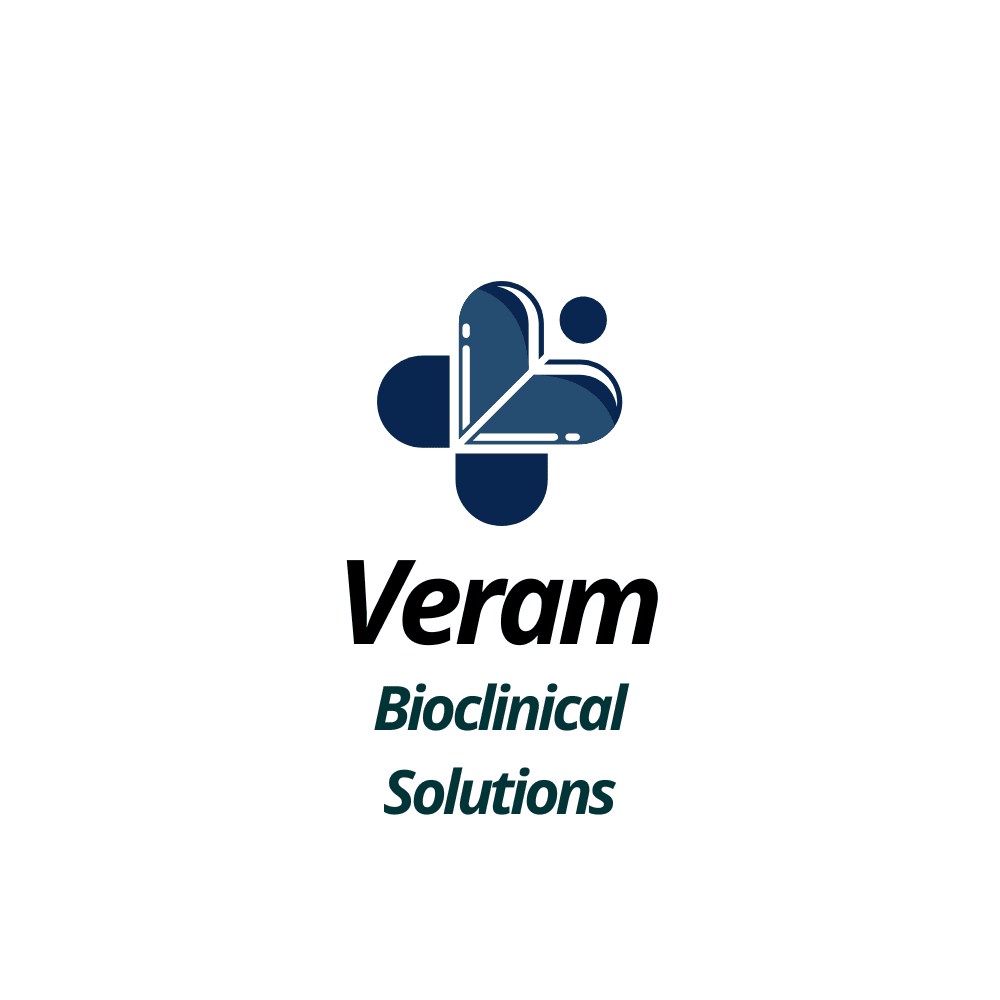
Ensuring Patient Safety: The Role of Pharmacovigilance in Healthcare

Posted Mar 20th, 2024
In the dynamic landscape of healthcare, ensuring patient safety is paramount. One crucial aspect of this endeavor is pharmacovigilance, a field dedicated to monitoring and assessing the safety of medicines. Pharmacovigilance plays a vital role in identifying and preventing adverse effects of medications, ultimately safeguarding public health.
The Evolution of Pharmacovigilance
Over the years, pharmacovigilance has evolved significantly. Initially, it was primarily reactive, focusing on detecting and responding to adverse drug reactions (ADRs) after a medication was already on the market. However, with advancements in technology and regulatory requirements, pharmacovigilance has transformed into a proactive discipline. Today, it involves not only monitoring ADRs but also assessing risks, implementing risk management plans, and ensuring the safe use of medicines throughout their lifecycle.
Importance of Pharmacovigilance in Drug Development
Pharmacovigilance is integral to the drug development process. During clinical trials, researchers collect safety data to assess the risks and benefits of a new medication. This data is then used to inform regulatory authorities and healthcare professionals about the safety profile of the drug. Additionally, post-marketing surveillance helps identify rare or long-term adverse effects that may not have been detected during clinical trials.
Regulatory Framework for Pharmacovigilance
To ensure the highest standards of patient safety, regulatory agencies worldwide have established stringent guidelines for pharmacovigilance. These guidelines govern the collection, analysis, and reporting of safety data, as well as the implementation of risk management plans. Adherence to these regulations is crucial for pharmaceutical companies to maintain regulatory compliance and uphold public trust.
Challenges and Opportunities in Pharmacovigilance
Despite its critical role, pharmacovigilance faces several challenges. These include underreporting of ADRs, lack of awareness among healthcare professionals, and the complexity of modern healthcare systems. However, with the advent of digital technologies such as artificial intelligence and big data analytics, pharmacovigilance is poised for significant advancements. These technologies can enhance the detection of ADRs, improve data quality, and streamline reporting processes.
Collaboration in Pharmacovigilance
Effective pharmacovigilance requires collaboration among various stakeholders, including pharmaceutical companies, regulatory agencies, healthcare professionals, and patients. By working together, these stakeholders can share knowledge, resources, and best practices to improve drug safety and patient outcomes. Precision medicine, which aims to tailor medical treatment to the individual characteristics of each patient, presents new challenges and opportunities for pharmacovigilance. The increasing use of genetic and molecular data to guide treatment decisions requires pharmacovigilance to adapt and develop new methods for monitoring and assessing the safety of personalized therapies.
Future Trends in Pharmacovigilance
Looking ahead, pharmacovigilance is likely to continue evolving in response to emerging technologies and healthcare trends. Greater integration of real-world data, increased use of digital health tools for monitoring ADRs, and enhanced collaboration among stakeholders are expected to shape the future of pharmacovigilance. Technological advancements have revolutionized pharmacovigilance, enabling more efficient and effective monitoring of drug safety. For example, the use of artificial intelligence (AI) and machine learning algorithms can help identify potential ADRs by analyzing large datasets. Similarly, big data analytics can uncover patterns and trends in safety data that may not be apparent through traditional methods. These technologies not only improve the detection of ADRs but also enhance the overall pharmacovigilance process, making it more proactive and responsive.
Real-World Evidence in Pharmacovigilance
Real-world evidence (RWE) is playing an increasingly important role in pharmacovigilance. RWE refers to data collected outside of traditional clinical trials, such as electronic health records and patient registries. By analyzing RWE, pharmacovigilance experts can gain valuable insights into the safety and effectiveness of medications in real-world settings. This information can complement data from clinical trials, providing a more comprehensive understanding of a drug's safety profile.
Pharmacovigilance in Global Health
Pharmacovigilance is not only important in developed countries but also in global health settings. In low- and middle-income countries, where access to healthcare is limited, pharmacovigilance plays a crucial role in ensuring the safety of essential medicines. Collaborative efforts between governments, non-governmental organizations, and international agencies are essential to strengthen pharmacovigilance systems in these settings and improve patient safety.
To learn more about our pharmacovigilance services and how we can support your organization, contact Veram Bioclinical Solutions at (203) 418-2305.
Send a Message
Ready to elevate your clinical trial or pharmacovigilance process? Contact Veram Bioclinical Solutions today to discuss your needs and discover how our expertise can benefit your organization.
Telephone
(203) 418-2305Contact
[email protected]